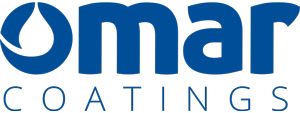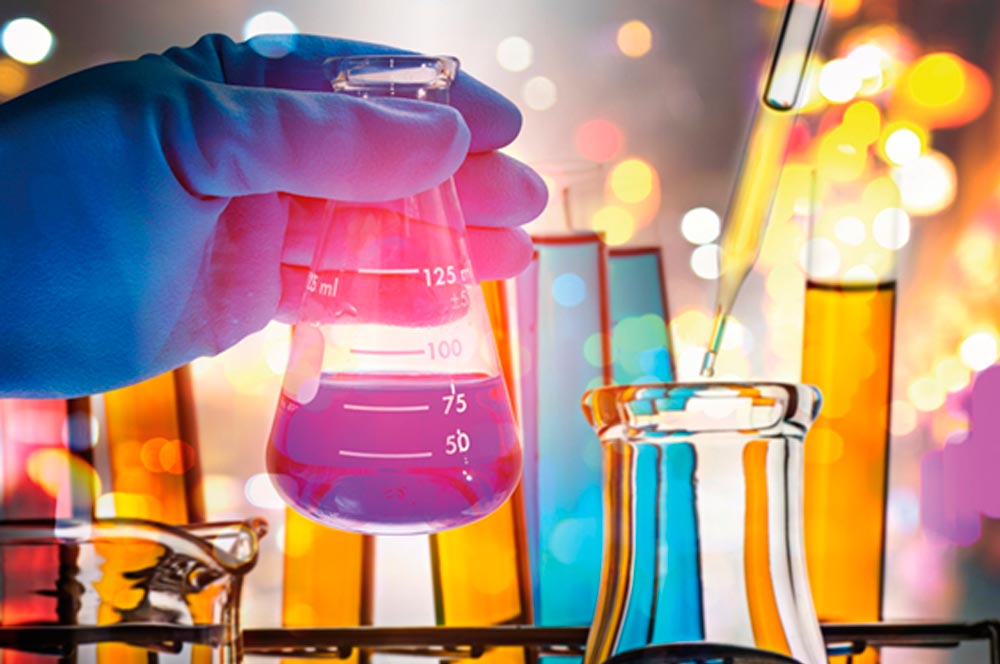Regulations on the use of chemical products, such as varnishes and paints, are regulated in the USA by the FDA (Food and Drug Administration), which is a very strict regulatory framework, in most cases, and very similar to REACH (regulation to improve the protection of human health and the environment), which is in force in the European Union for the same products. However, there are differences for some substances, for example formaldehyde (a highly volatile and highly flammable chemical compound). In Europe, formaldehyde emissions are highly restricted and therefore the use of varnishes containing formaldehyde has practically disappeared for quite some years now. The most common source of formaldehyde is board and glues. In the USA, it is very common to use varnishes and/or paints that may contain a certain amount of formaldehyde, such as Conversion Varnish or pre-catalyzed lacquers. Emissions from these products must be added to those already produced by the board and glues, in the same way as in Europe.
Pre-cat lacquers and Conversion Varnish have some very interesting properties such as ease of application and speed of drying, almost like nitrocellulose lacquers. As they contain an internal catalyst, they can be considered as single component products, so there is no shelf life once the container has been opened. In the USA it is quite common to use oil-based glazes to give color, both directly to the wood and in intermediate coats. The compatibility of Pre-cat lacquers with glazes is very good and does not usually cause problems under normal conditions.
However, these products have some limitations in terms of properties such as moisture resistance, low to medium solids content, chemical resistance, surface hardness and difficulty in obtaining high gloss finishes with a mirror effect. Not to mention the risk of cracking when successive or thick coats are applied, as well as the residual odor of furniture in closed rooms, especially when the furniture is new.
In view of these limitations, we at Omar Coatings have developed an alternative based on polyurethane systems that offer numerous advantages over Pre-cat lacquers and Conversion Varnishes. Although the main disadvantage is that polyurethanes are based on a mixture of two components (resin + hardener), in general they have many improved properties such as adhesion, elasticity, depth and surface hardness, transparency, resistance to humidity, chemical products and cleaning agents, offering the possibility of obtaining high gloss finishes with a mirror effect. Acrylic polyurethanes are non-yellowing and there are variants that are suitable for outdoor use. In addition, the combination with pigment concentrates to obtain colors does not reduce the properties of the product and makes it possible to obtain color-stable metallic effects.
The consequence in this improvement of the properties will allow:
– obtaining high coverage base coats, with very good sanding, without fear of film breakage such as cracking due to excess of coats applied or excess thickness.
– Primers to isolate from humidity and prevent it from penetrating into the wood.
– Very high transparency and high gloss finishes.
-Finishes in any type of color or effect.
– Finishes with very high scratch resistance.
– Base coats and finishes to be used on elements exposed to weathering.
– Products with extra functionality such as self-repair, anti-bacterial, anti-fingerprint, anti-scratch, and others.
In terms of environmental aspects, both in the use of the product during coating and in the emissions of the final article, there is no major impact other than the VOC content (volatile organic compounds). Moreover, there is the possibility of producing BIO products in the very short term, thanks to the introduction of raw materials from renewable sources, both in the resin of part A and in the isocyanate used as a hardener. We can state that polyurethanes far outperform conventional products based on urea-formol resins, both pre-catalyzed and those using an external acid catalyst. They are as environmentally friendly as the others and are free of formaldehyde emissions and other substances considered SVHC (Substances of Very High Concern).



